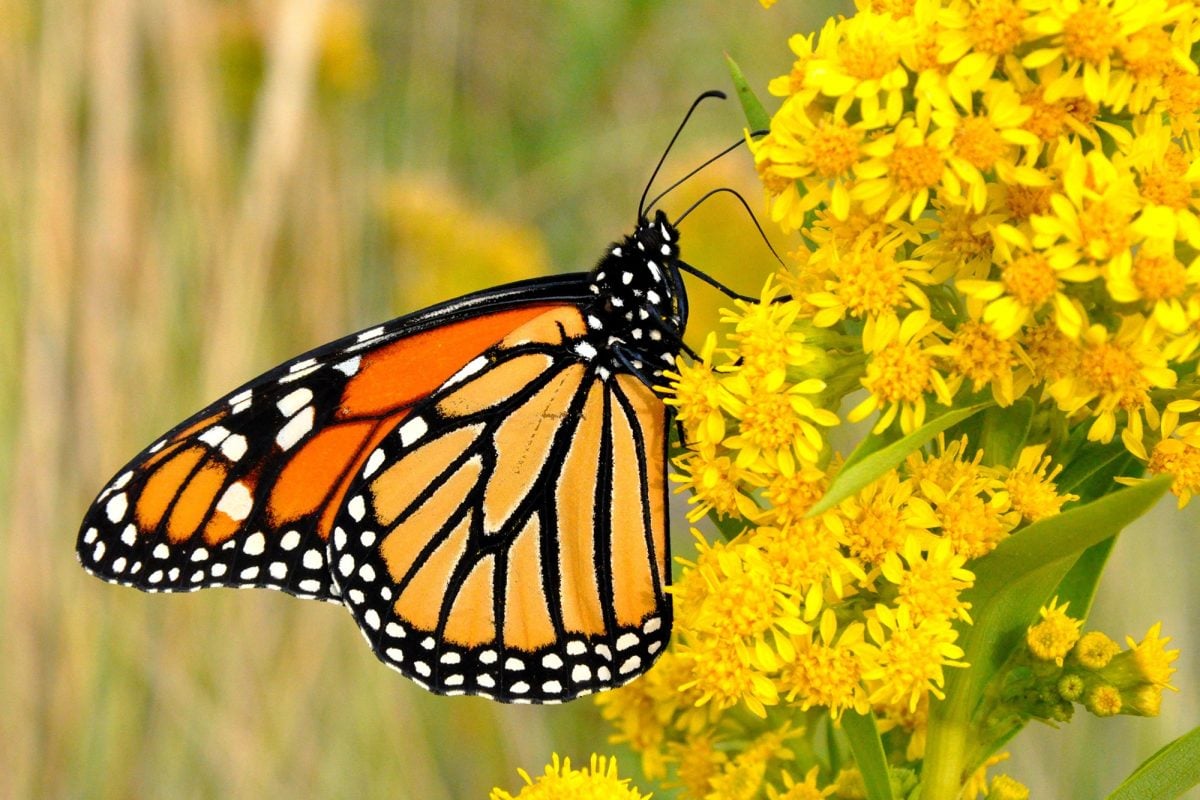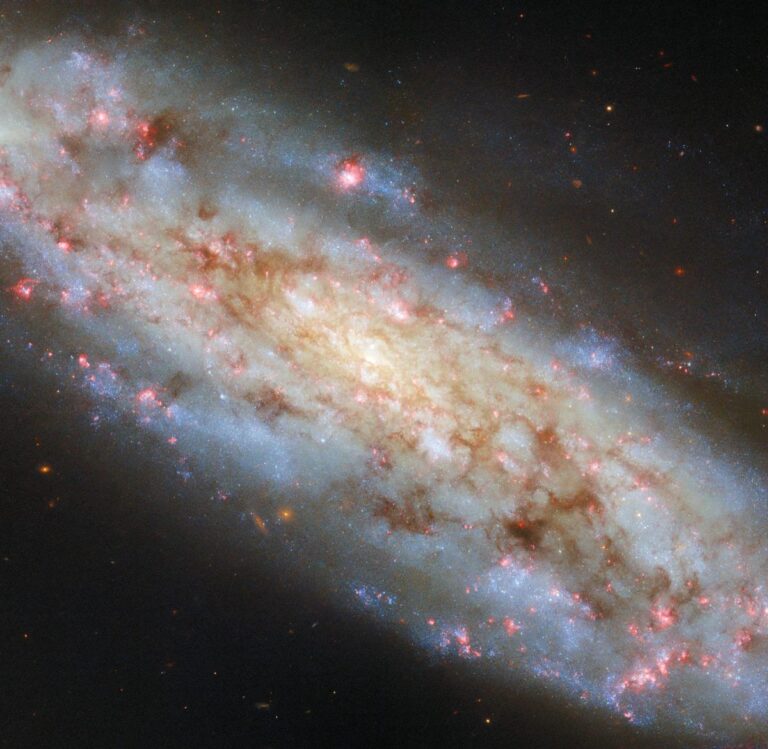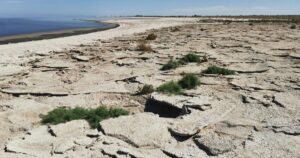Butterflies, the delicate pollinators that once filled gardens and meadows with vibrant colors, are disappearing at an alarming rate. Recent studies indicate a nationwide decline in butterfly populations, raising serious environmental concerns. Scientists and conservationists warn that this decline could have devastating consequences for ecosystems, agriculture, and biodiversity.
The Shocking Decline of Butterfly Populations
Over the past few decades, butterfly numbers have dropped drastically across North America, Europe, and other parts of the world. According to research, some species have declined by more than 50% in the last 30 years. The monarch butterfly (Danaus plexippus), one of the most well-known species, has seen a dramatic 90% population drop in the past two decades.
Major Causes Behind Butterfly Decline
Several factors contribute to the alarming disappearance of butterflies:
Habitat Loss
Urbanization, deforestation, and agricultural expansion have destroyed the natural habitats of butterflies.
Native plants essential for caterpillars and nectar sources for adult butterflies are disappearing.
Climate Change
Rising temperatures, erratic weather patterns, and changing seasons disrupt butterfly migration and reproduction cycles.
Increased heatwaves and droughts reduce the availability of food and water sources.
Pesticide and Herbicide Use
The widespread use of neonicotinoids and other pesticides kills caterpillars and adult butterflies.
Herbicides eliminate milkweed, the only plant monarch caterpillars feed on.
Pollution
Air and water pollution affect butterfly health, reducing their lifespan and reproductive success.
Light pollution disrupts their natural behaviors, including feeding and mating.
Diseases and Predators
Fungal infections, viruses, and an increase in natural predators are further reducing butterfly populations.
Why This Matters: The Role of Butterflies in Ecosystems
Butterflies play a crucial role in maintaining ecological balance:
Pollination: They help fertilize flowers, contributing to plant reproduction and biodiversity.
Food Chain: Butterflies are an essential food source for birds, small mammals, and insects.
Ecosystem Health: Their population status serves as an indicator of environmental health.
How Can We Help Save Butterflies?
Although the decline is concerning, conservation efforts can still make a difference. Here’s how individuals and communities can help:
1. Plant Butterfly-Friendly Gardens
Grow native flowering plants and milkweed to provide nectar and caterpillar food sources.
Avoid using chemical pesticides and herbicides.
2. Support Conservation Initiatives
Donate to organizations working to protect butterfly habitats.
Participate in butterfly population monitoring programs.
3. Advocate for Eco-Friendly Policies
Support policies that reduce deforestation and promote sustainable agriculture.
Encourage governments to regulate pesticide use.
4. Educate & Spread Awareness
Teach others about the importance of butterflies in our ecosystem.
Share conservation tips on social media.
Final Thoughts
The disappearance of butterflies is a wake-up call for environmental conservation. If current trends continue, future generations may only see these beautiful creatures in books and photographs. By taking action today, we can help protect and restore butterfly populations, ensuring that they continue to grace our world for years to come.
Let’s work together to save the butterflies before it’s too late!

















+ There are no comments
Add yours